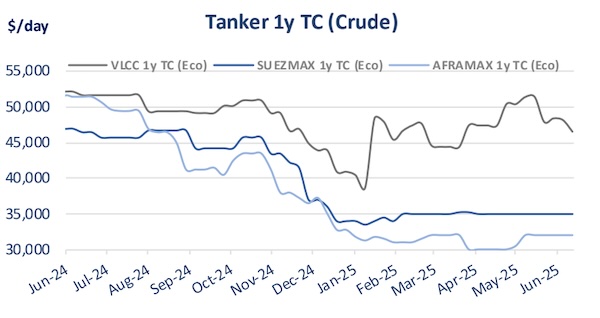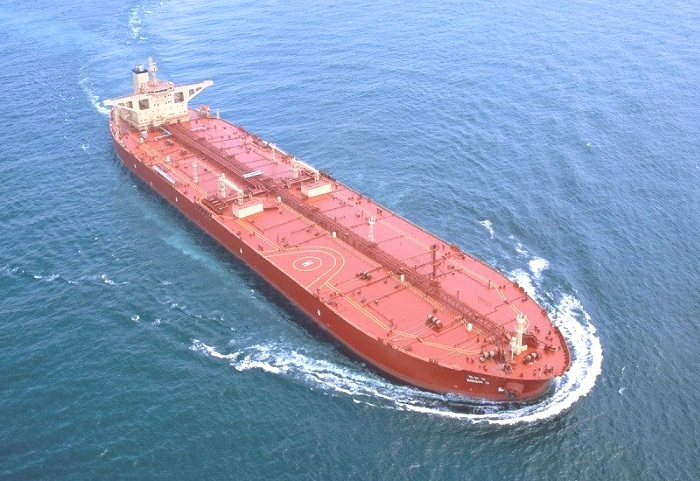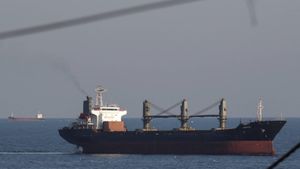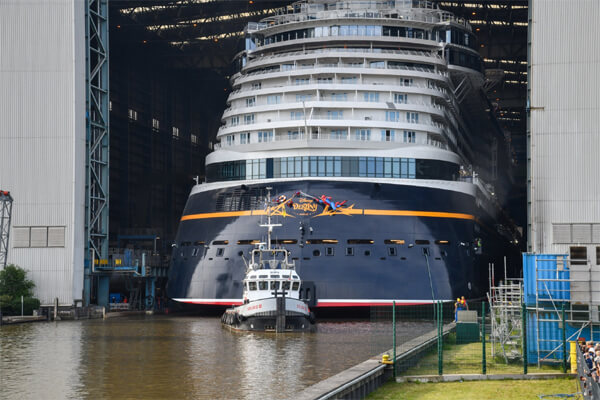Tanker Market and the Israel-Iran conflict

The tanker market is already feeling the impact from the latest round of Middle East warfare, with rates rising sharply across the board. In its latest weekly report, shipbroker Xclusiv said that “Israel’s lightning-fast airstrike on 13 June yanked the Iran-Israel standoff out of proxy shadows and into open conflict, instantly repricing every barrel, cubic metre and tonne-mile linked to the Gulf. Brent spiked almost 10 % to USD 76/bbl intraday, yet the louder signal came from freight and insurance: Hormuz is technically open, but charterers now behave as though its 21-nautical-mile throat were half shut”.
According to Xclusiv, “war-risk premia tell the story. A prompt Ras Tanura–Ningbo VLCC that cost USD 0.25/bbl to insure on Thursday was quoted at USD 0.70-0.80/bbl on Friday, with 96-hour cancellation clauses suddenly standard. TD3C July liftings were bid at WS 65—eight points higher overnight—while an LR2 AG-UKC cargo now carries an extra USD 0.6 m for a Cape-of-Good-Hope option. Supertanker owners insist on partial freight pre-payments, and several July fixtures have already been repriced mid-voyage as margin calls outrun spot rates”.

Source: Xclusiv
Meanwhile, “gas exposure is even starker. Every molecule of Qatar’s LNG—18 % of global supply—and the UAE’s growing volumes still passes Hormuz. China relies on those streams for 26.9 mt a year, one cargo in four received. Should flows be impeded, Pacific buyers will raid the Atlantic basin, dragging the Japan-Korea Marker—already near USD 12.8/MMBtu—into the mid-teens. Forward MEG-Japan LNG hire has widened to roughly USD 110 000/day as charterers demand modern dual-fuelers capable of an East-Africa swing”.

Meanwhile, “physical infrastructure remains intact—Iran says pipelines “operate normally”, and satellites show no abnormal flaring at Kharg—yet markets discount the future. House modelling indicates that a two-week closure would strip about 6 mbd of crude and products from the system and draw OECD stocks below the five-year mean inside six weeks, a backdrop that could pull Brent toward the mid-USD 90s and keep freight bid along the crude, product and gas curves. Stress is spreading well beyond the Gulf. Mitsui O.S.K. has issued fleet-wide safety alerts, and UKMTO warns of fast-boat activity plus drones that could again menace the Red Sea lanes. Each added layer of caution lengthens voyages, traps ships in queues and tightens effective supply, boosting not only VLCCs and LR2s but also MR carriers scrambling to restitch disrupted routes”, Xclusiv said.

Source: Xclusiv
As a result, “investors are therefore hedging both ways. Brisk two-way interest in 15-year-plus Aframaxes is reported, as owners price a call on sanctions-tolerant hulls should Western fleets withdraw. Yet that option value is capped by an awkward truth: spare capacity able to cushion an Iranian outage sits in Saudi, Kuwaiti and Emirati terminals within the same missile radius. Until diplomacy in Muscat shows visible progress, the market will keep trading the tail—oil oscillating in a USD 70-90 band, the JKM benchmark hovering around USD 13-15, and tanker earnings surfing volatility that rewards modern fuel-flexible ships while granting veteran tonnage an unexpected lease of life”, Xclusiv concluded.
Nikos Roussanoglou, Hellenic Shipping News Worldwide




